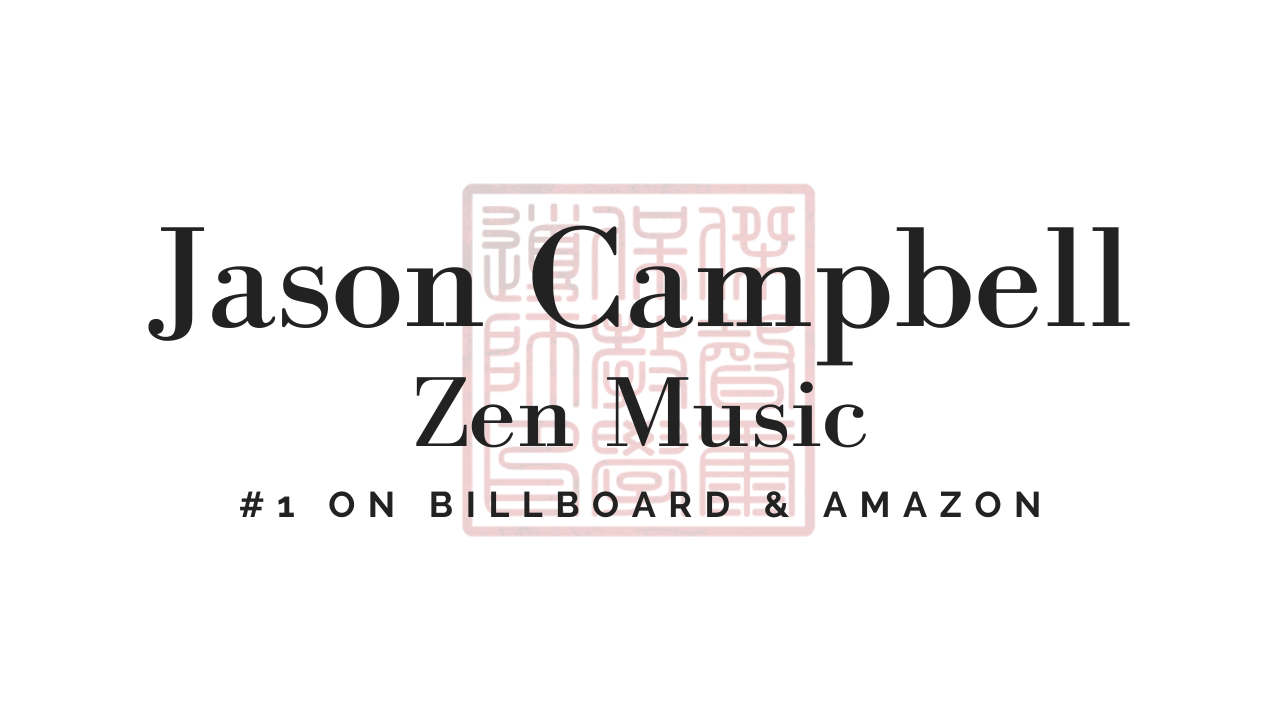Cultivating Self-Mastery Through Focused Breathing and Awareness Practices
In our fast-paced world, stress and distraction often undermine our ability to function optimally. Taking small, deliberate pauses during the day can profoundly enhance clarity, energy, and emotional equilibrium. By engaging in practices that center and focus the mind and body, you can develop a toolkit for self-mastery. This teaching explores the essence of these tools and how they can transform brief moments into opportunities for renewal and strength.
The Power of Short, Intentional Practices
One common misconception about personal growth is the need for lengthy, uninterrupted sessions of practice. However, even five minutes of focused breathing, movement, or meditation can yield significant benefits. These moments are opportunities to recalibrate, reminding us that personal investment is not only essential but effective even in short bursts.
Studies frequently highlight the benefits of techniques like breathwork and focused awareness. While scientific validation is valuable, it often affirms what many of us intuitively know: the practices work. Trusting this internal wisdom—the "knowing" beyond studies—fosters confidence in one's ability to cultivate balance and resilience.
Breathwork: The Core of Centering Practices
Breathing exercises are a cornerstone of any self-regulation practice. The simplicity of intentional breath patterns provides a direct path to calming the mind and energizing the body. Below are three foundational breathing practices: purging breaths, box breathing, and primal breathing.
Purging Breaths
This technique is particularly effective for releasing built-up tension or anxiety. By focusing on the rhythm of inhalation and exhalation, combined with holding the breath, you can create a cleansing effect.Start with a deep inhale.
Exhale completely and pause.
Gradually extend the holds between breaths, increasing the count as your comfort level grows.
With each cycle, notice the sense of lightness and calm that develops.
Purging breaths help release the "excess earth element," which manifests as feelings of being weighed down or overwhelmed. By balancing these energies, you regain a sense of vitality and focus.
Box Breathing
Designed for maintaining a steady state, box breathing is especially useful when you feel scattered or ungrounded.Inhale for a count of two, hold for two, exhale for two, and hold for two.
Gradually increase the counts as you become more comfortable.
The square rhythm serves as a mental anchor, gently pulling your attention back whenever it strays.
This practice fosters a sense of equilibrium, making it an excellent choice for moments when stability is needed.
Primal Breathing
For times when your energy is low, primal breathing acts as an invigorating force. By engaging the diaphragm and increasing oxygen intake, this method rejuvenates both body and mind.Take rapid, deep breaths, almost like a "bellows" effect.
After several rounds, exhale fully and hold the breath out for a set duration (e.g., 30 seconds).
Repeat, gradually increasing the hold times.
As you hold your breath, direct your focus to your body's center. This internal focus, combined with controlled breathing, awakens dormant energy, providing a natural boost.
The Role of Awareness in Self-Mastery
An essential aspect of these practices is developing awareness of your current state—be it physical, emotional, or mental. After each exercise, pause to reflect on how you feel. This simple act of observing shifts in your internal environment enhances self-awareness and reinforces the effectiveness of the practice.
This process aligns with the idea of focusing on the present moment, a state often mistranslated as having a "mind full" of thoughts. In reality, the goal is an "empty mind"—a state of clarity where you can fully engage with the task or moment at hand.
Building a Lifelong Toolkit
These breathing techniques are more than stress-relief tools; they are part of a larger process of self-mastery. The ultimate goal isn't about perfecting the methods themselves but about using them to enhance your life. Think of them as tools in a toolkit—valuable for specific situations but not the focus of your growth journey.
For example:
Feeling anxious or scattered? Use purging breaths to release tension.
Overwhelmed by tasks? Box breathing can restore balance.
Low on energy? Primal breathing provides a revitalizing boost.
As you practice, these techniques become second nature, seamlessly integrating into your daily routine.
The Journey of Mastery
Self-mastery is not about reaching an endpoint but about continually refining your approach. Each practice session, no matter how short, contributes to this ongoing journey. With time, you’ll find yourself better equipped to navigate life's challenges with composure and vitality.
Remember, the practices themselves are not the goal—they're a means to an end. The end result is a more balanced, aware, and energized version of yourself.
Final Reflection
By incorporating these techniques into your life, you can transform even the busiest days into opportunities for growth and renewal. The next time you feel overwhelmed or drained, pause, breathe, and reconnect with your inner center. With consistent practice, these small moments will add up to profound changes, empowering you to live with greater intention and vitality.

